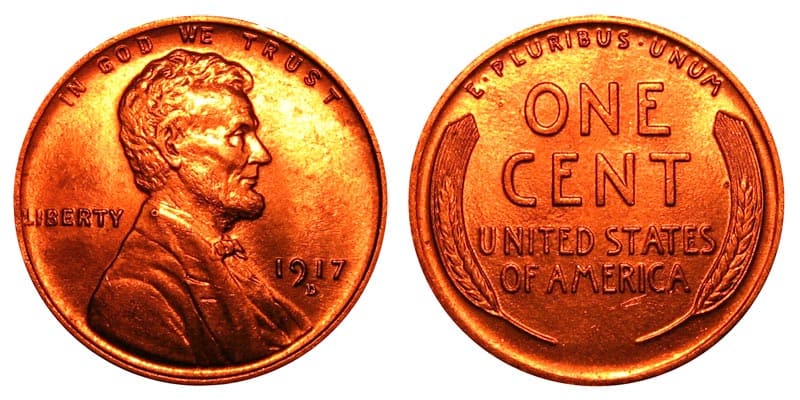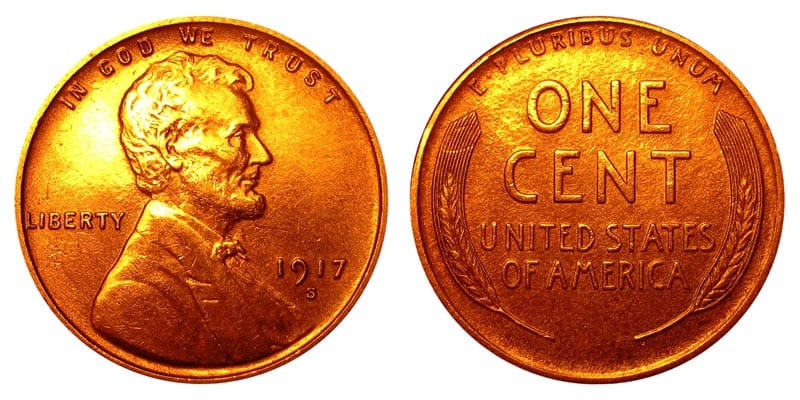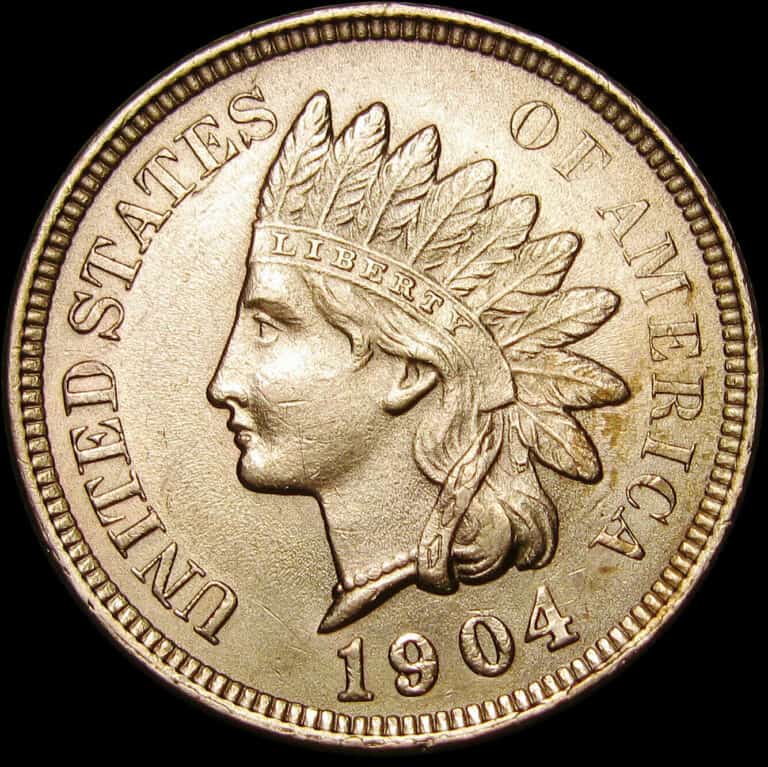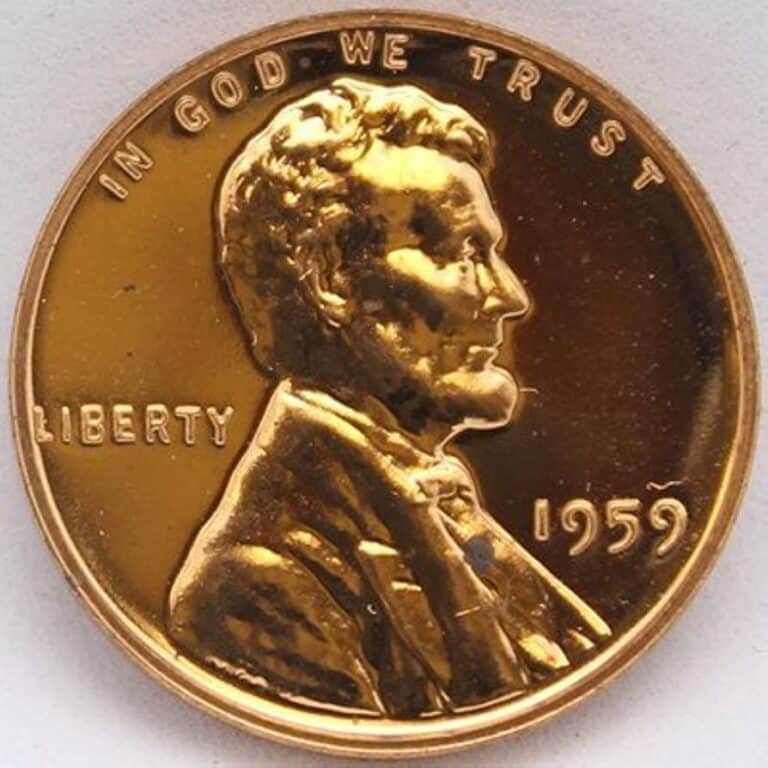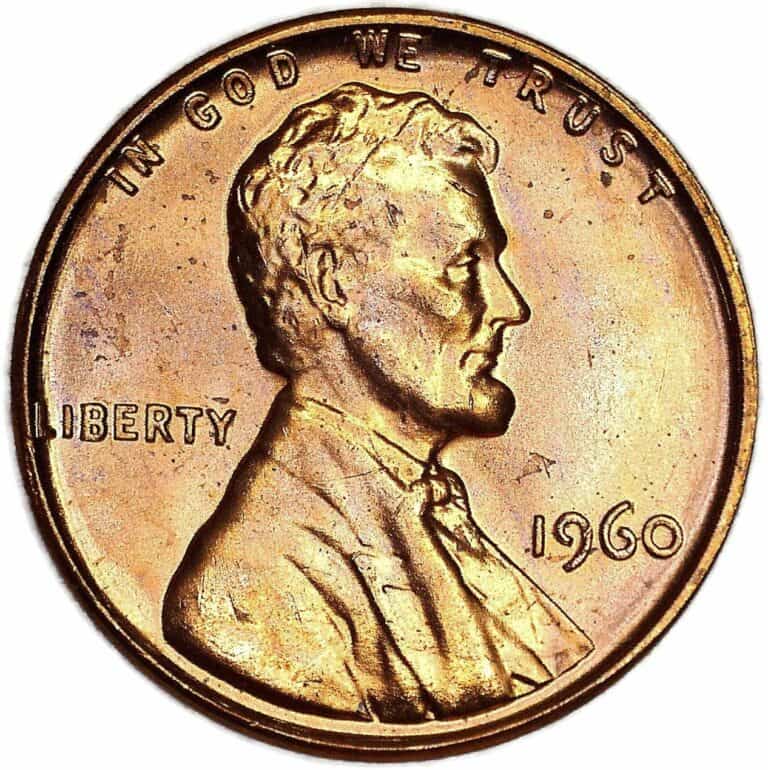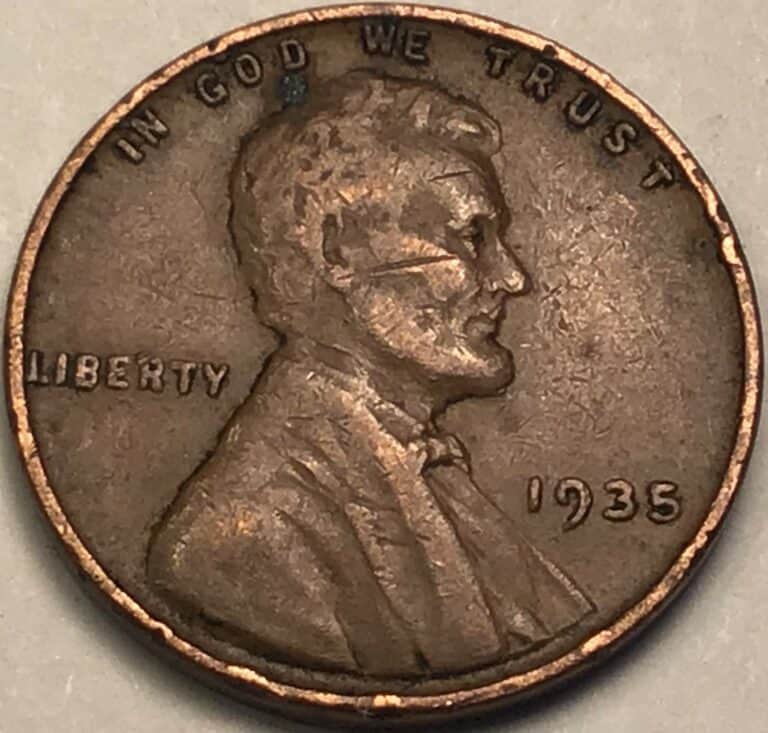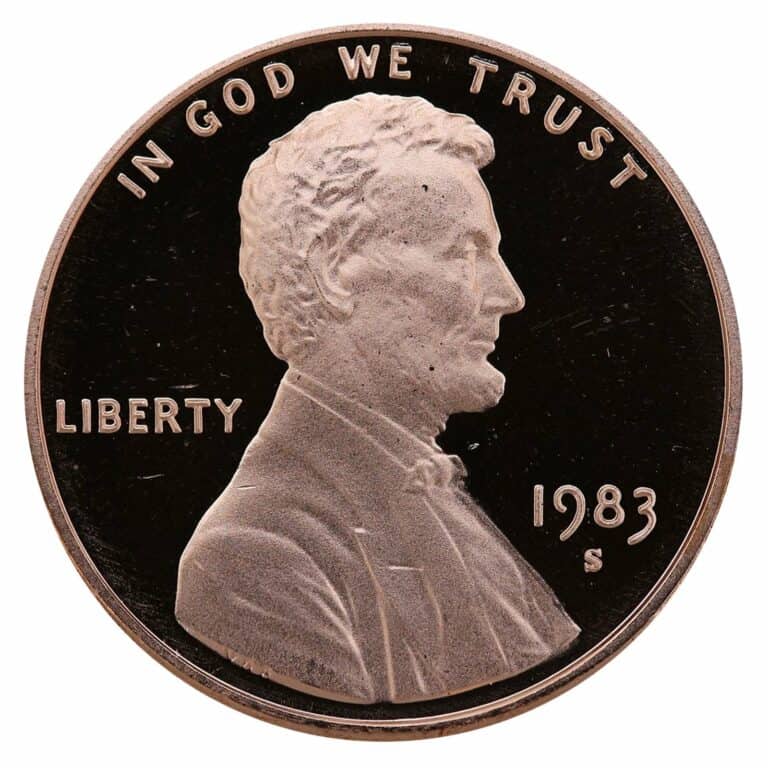1917 Wheat Penny Value: How Much is it Worth Today?
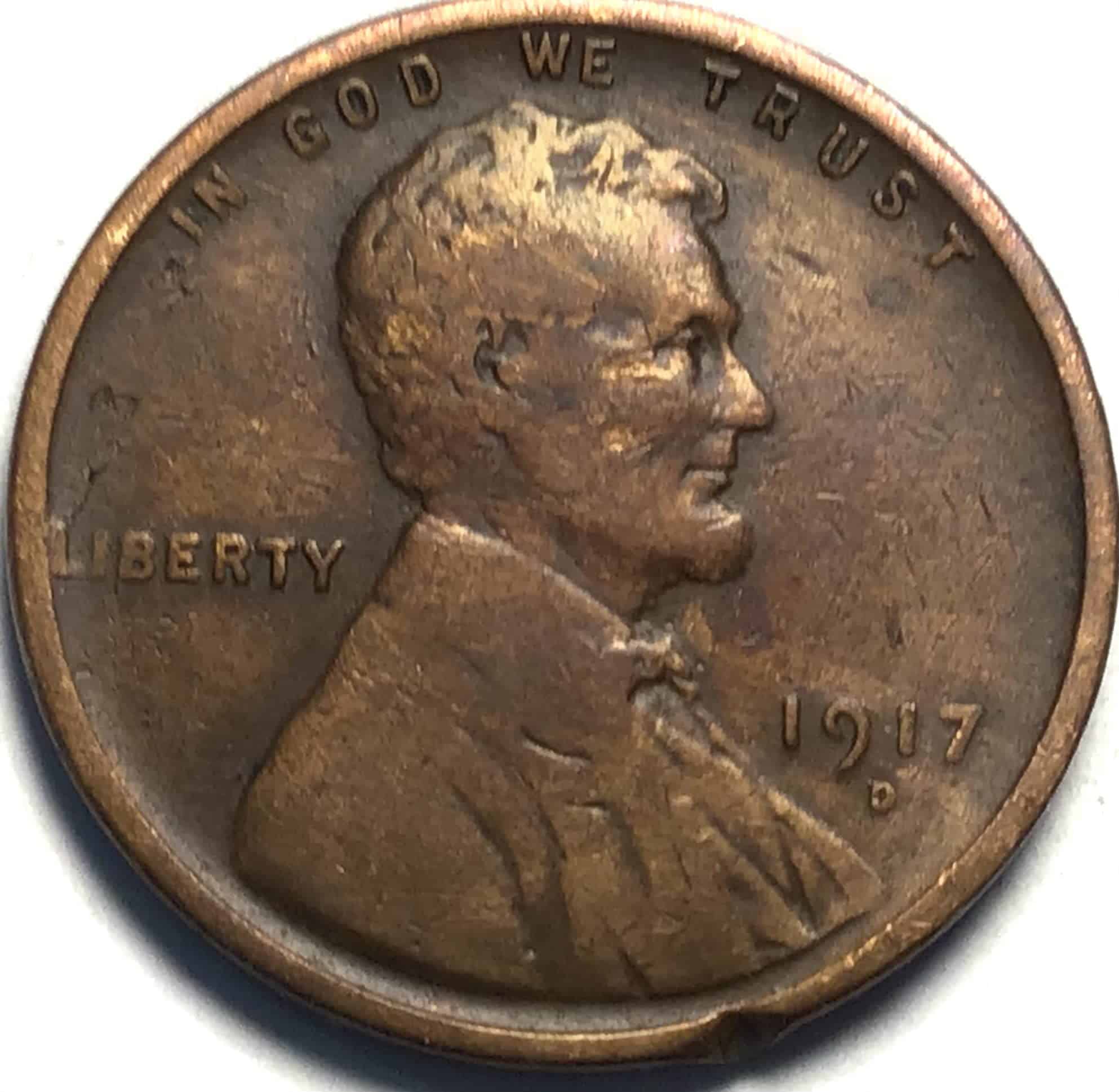
When you think of the Lincoln cent, you might associate it more with having the image of the Lincoln Memorial or the Union shield on its reverse. But way before these patriotic and valorous designs came a much simpler, humbler reverse design—that of the wheat penny.
The Lincoln wheat penny ran from 1909 to 1958. There are several coveted mintage years for this penny. One that might pique the interest of coin lovers is the 1917 wheat penny, which is quite valuable in the modern age.
Wondering how much the 1917 wheat penny value is today? You’ve come to the right place. Today, we’ll be tackling the ins and outs of the 1917 wheat penny, what makes it valuable, and how much it costs when sold today. Ready? Let’s go!
1917 Wheat Penny Value Chart |
|||||
| Mint Mark | Extremely Fine | AU58 About Uncirculated | MS63 Select Uncirculated | MS65 Gem Uncirculated | MS66 Gem Uncirculated |
| 1917 No Mint Mark Wheat Penny Value | $7 | $16 | $35 to $105 | $155 to $520 | $520 to $1,650 |
| 1917 “D” Wheat Penny Value | $30 | $62.50 | $145 to $385 | $380 to $2,750 | $1,700 to $16,900 |
| 1917 “S” Wheat Penny Value | $17 | $65 | $180 to $1,250 | $925 to $13,750 | – |
1917 No Mint Mark Wheat Penny Value
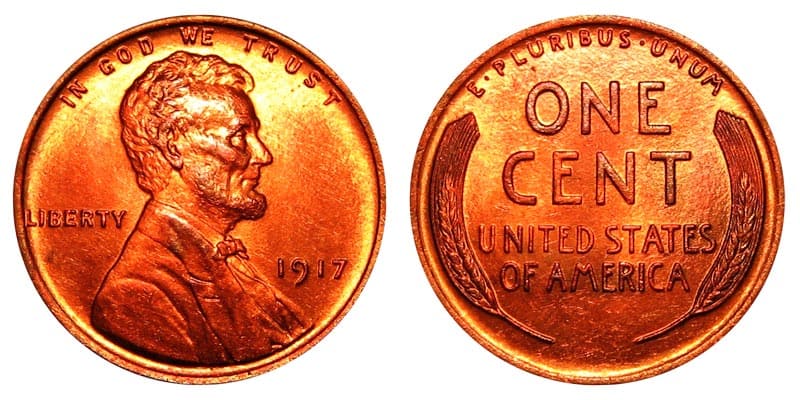
For over a century after the presidential term of George Washington, the U.S. Treasury had always respected his wishes not to put people on coinage. He is known to have said that it was something only monarchs do, and he’d rather see Lady Liberty on money than real people.
But in 1908, that started to change. Then-president Theodore Roosevelt had met with Lithuanian designer Victor David Brenner that year to create a one-cent coin that would honor Abraham Lincoln for his 100th birth anniversary. And in 1909, the first Lincoln wheat pennies were struck.
Brenner’s design was simple but well-thought-out. The obverse shows Abraham Lincoln facing right in a grand but gentle stature. On either side of Lincoln are the word “Liberty” and the mintage year. Above him are the words “In God We Trust.”
Brenner mentioned in a letter that he pictured Abe reading to a small child when creating the portrait. This leads many to believe that the image of Lincoln on the coin was inspired by a popular photo of him reading the Bible to his young son, Tad.
Meanwhile, the reverse of the coin depicts the inscription “One Cent” in the center, with “United States of America” written below it in a smaller font. These words are cradled by two bundles of wheat stalks, one on each side of the coin. “E pluribus unum” is written on the coin’s upper rim.
This same design was used in the 1917 issue of the wheat penny. That year had been the highest mintage of the coin so far as America had just entered World War I, skyrocketing the demand for coins—even ones with a smaller denomination, like the humble cent.
It was the Philadelphia Mint that struck the most wheat pennies in 1917. It had minted close to 200 million coins all in all. Because of its high mintage, it’s available across all grades, from circulated to mint-state conditions.
That said, even circulated 1917 (P) wheat pennies are still of significant value, presumably because of how old the coins are. In extremely fine condition, a worn 1917 (P) wheat penny can be valued at $7. In AU58, the highest circulated condition grade possible, it shoots up to $16.
Pricing for the 1917 (P) wheat pennies gets a little trickier for uncirculated coins. Aside from the condition, the color of the coins dictates the value as well.
When copper coins are struck, they have a warm and alluring red luster. Over time, this luster fades and renders the coin browner by the day. Most if not all circulated coins are usually already brown. But uncirculated copper coins can be designated one of three colors.
MS Brown is the color designated to coins that have lost their red tone, either over time or because of heavy wear. MS Red Brown coins have between 5-95% of their red color left. MS Red coins, the most valuable of the three, are those that preserved 95% or more of that beautiful, original red finish.
The color significantly impacts the price of any 1917 (P) wheat penny. At MS63, a Brown coin costs about $35 today, but a Red one could potentially be sold for over $100. And while an MS65 wheat penny can cost $155 in Brown and $215 in Red Brown, it’s valued at $520 in MS Red.
1917 D Wheat Penny Value
The Denver Mint also had quite a large mintage of the 1917 wheat penny, creating a total of 55 million Lincoln cents that year. The dies used in this issue were not as fresh and high-quality as others. These worn dies resulted in lower-quality strikes for the 1917 D wheat pennies.
But even then, 1917 D wheat pennies are incredibly valuable even today, especially if you think about the fact that they are one-cent coins. In extremely fine condition, a 1917 D wheat penny is worth $30. In about-uncirculated grades, these coins are valued between $45 and $62.50.
Uncirculated 1917 D wheat pennies in MS Brown and Red Brown are not too difficult to find, especially across grades MS62 to MS65. However, fully Red gems are very scarce and valuable, as it is very difficult to preserve the red luster of copper coins made over a century ago.
At MS63, an MS Brown coin is worth $145 today. With a Red Brown color, the value increases a bit to $240. A fully Red gem, on the other hand, is over double the price of a Brown one, sitting at around $385.
But the priciest and most valuable 1917 D wheat pennies are those that are MS Red and have a high grade of either MS65 or MS66. At MS65 Red, these coins can be valued at $2,750. At MS66, this value is six times that amount at a whopping $16,900.
1917 S Wheat Penny Value
While the San Francisco Mint had the lowest mintage for wheat pennies among all Mints in 1917, it still saw an uptick from previous years. It created over 32 million wheat pennies—another result of the war the country had just entered.
San Francisco-minted coins were coveted by collectors back in the day for their low mintage. So, many people hoarded the 1917 S wheat pennies the year they came out. That’s why many of the surviving coins today are moderately worn.
Circulated 1917 S wheat pennies in worn but fine condition are so plentiful that they’re lower in value than some grades struck in Denver. For example, an extremely fine 1917 S wheat penny costs $17 today—that’s $13 cheaper than its Denver sister of the same condition.
However, the higher the grade, the more valuable the Frisco-minted coins get. In grade AU58, the value of a 1917 wheat penny with an “S” mint mark sits at $65, which is higher than the Philly and Denver equivalents.
Mint-state, uncirculated 1917 S wheat pennies aren’t exactly rare. There is a significant number of them between grades MS62 to MS64, specifically in Brown and Red Brown shades. These coins can cost anywhere between $115 (MS62 Brown) and $550 (MS64 Red Brown).
A full, rich Red 1917 S wheat penny is a bit more challenging to find. But if you do find one, you’re in luck—they go for an incredibly high value. At MS64, a Red wheat penny is valued at $2,100 today. And at a pristine, lustrous grade of MS65, the price increases to $13,750.
1917 Wheat Penny Grading
The key to finding the true modern-day value of your 1917 wheat penny is to find out its grade and condition. The tricky thing is that only coin experts know how to accurately grade these old coins.
But if you don’t want to spend extra money to have your coins graded, you can try to assess your wheat pennies by yourself. Here’s a basic guide to tell whether your 1917 wheat penny has a circulated or uncirculated grade:
Circulated:
- Heavy wear with lots of browning
- Low on shine and luster
- Lincoln’s coat and hair are smooth and not as finely detailed
- Letters and numbers are still readable but are somewhat flat
- The grains on the stalks of wheat aren’t as bold and noticeable anymore
Uncirculated:
- High shine with at least some red toning
- Has little to no contact marks, as if no one has ever touched it before
- Bold and distinct lines in Lincoln’s hair and the wheat stalks
- The high points, like Lincoln’s cheekbones, aren’t flattened
Coin-collecting novices might have a more challenging time determining the exact grade of their 1917 wheat penny. If this sounds like you, you’ll find this grading guide extremely helpful:
Rare 1917 Wheat Penny Error List
The 1917 wheat penny doesn’t have too many unique errors in the issue. If anything, there are just a couple of errors commonly found over and over again in this set of coins.
1917 Wheat Penny Doubled Die Obverse Error
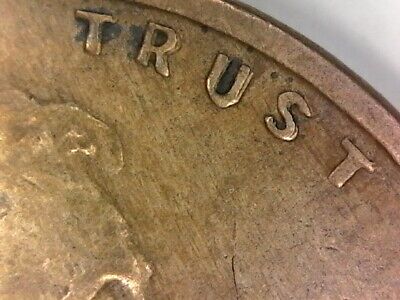
First, we have the doubled die error—a mint error that is quite common among Lincoln cents with high mintages.
Doubling happens when the coin die is manufactured incorrectly, creating a double image on the master die. As a result, doubled-die coins will have a faint second image of one or more elements of the coin. Every coin struck by this erroneous die will therefore have this doubling.
The 1917 wheat pennies had doubling specifically on the obverse of the coin. It’s most obvious in the words “In God We Trust” and “1917,” but you’ll need a microscope to see it clearly.
Though this error is quite common in U.S. coinage, it still adds immense value to 1917 wheat pennies. For example, in 2021, a 1917 (P) wheat penny in grade MS63 Brown with a doubled die obverse sold for $7,200.
1917 Wheat Penny Struck Off-Center Error
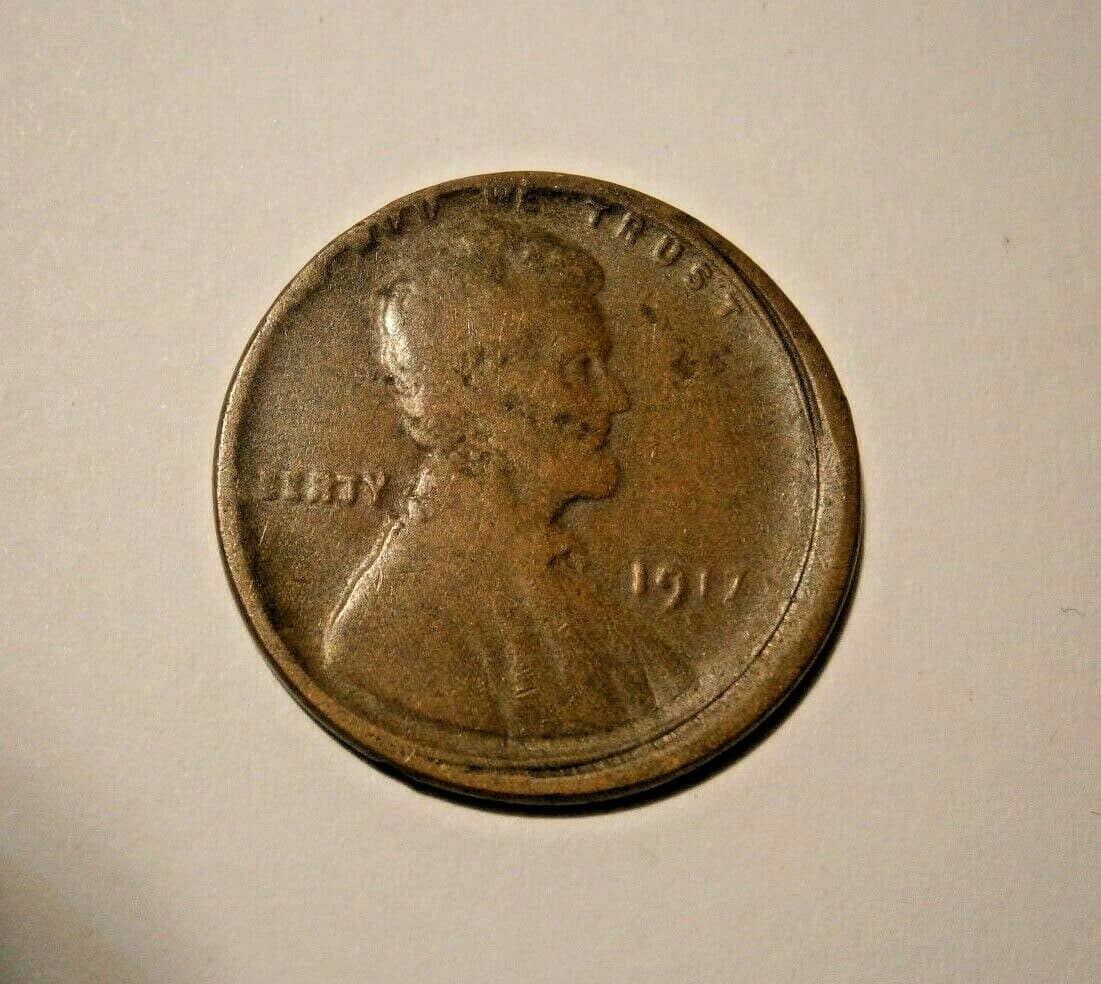
Another common mint error you’ll find on the 1917 wheat pennies is an off-center strike. This happens when the planchet is struck not in the exact center, but slightly askew. As a result, part of the coin’s design is cut off and a lot of blank space is left on one edge of the coin.
An MS65 Brown 1917 (P) wheat penny that was struck 10% off-center was sold for over $280 in 2016. But the more off-center the strike, the higher the value. For example, an AU55 1917 S penny with a 25% off-center strike sold for $360, even if it has a lower grade than the previous coin.
1917 Wheat Penny FAQs
How much is a 1917 penny worth today?
Today, the 1917 wheat penny is worth a lot more than its face value of $0.01 when it was first minted over a century ago. In modern times, a circulated 1917 wheat penny in good condition and lots of browning is worth at least $0.25—that’s 25 times its original face value!
Of course, 1917 wheat pennies in higher grades can be worth way more—sometimes even thousands of dollars. Mint-state pennies from this year can go anywhere between $16.50 and over $37,000 depending on their condition.
What makes a 1917 penny rare?
Many elements might make a 1917 wheat penny rare. One of these is the location at which the coin was minted. The San Francisco Mint struck the fewest wheat pennies in 1917, so coins with an “S” mark are rarer than those with a “D” mark or no mint mark.
1917 wheat pennies are also considered rare if they have mint errors, like a doubled die obverse or an off-center strike. Red 1917 pennies are also rarer than coins that have turned brown over time.
What year is the rare wheat penny?
Key dates of the Lincoln wheat penny include the 1909 mintage (the first of the wheat penny series) as well as the 1914 coins. They’re considered the crème de la crème of all wheat pennies in history because they’re so difficult to find.
